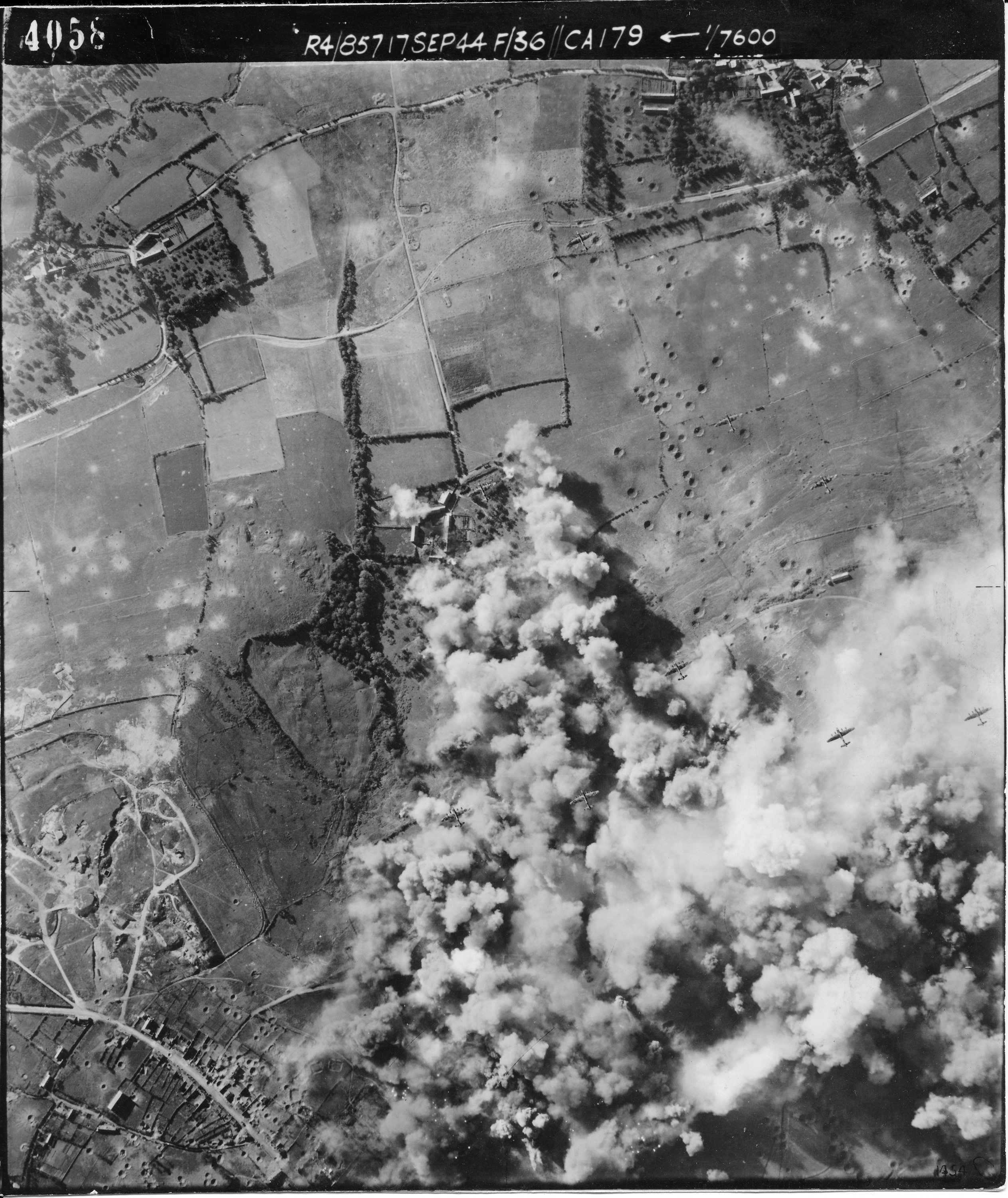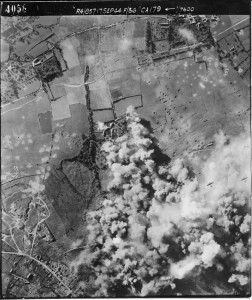LCMSDS digitizes WWII photographs


In 1984, Terry Copp, director of the Laurier Centre for Military Strategic and Disarmament Studies (LCMSDS), saved a collection of photographs that were taken during the Second World War, but it was not until last summer that the preservation process began.
Now, the Second World War Air Photo Collection project is well underway.
The collection contains 300 boxes, which hold roughly 120,000 photographs. The photos were all taken by Spitfire fighter planes during the Second World War in order to create maps to warn soldiers of what lay ahead on the battlefield.
Brendan O’Driscoll, a fifth year student at WLU, and also the student manager overseeing the project, explained the intensive organization process the project requires.
“They are all stored in the boxes in chronological order,” he stated.
After the photos have been scanned, they are placed back in chronological order so that next summer they can be labeled with the proper flight information, dates and locations. The main concern as of now, however, is digitizing all the photographs.
“In the 1980s you couldn’t do anything with the photos because we didn’t have the technology to scan 120,000 photos,” explained O’Driscoll. “But now we have the capacity to scan and preserve all the photos.”
Copp stated that the recent surge in digitization of historic documents prompted the LCMSDS to begin preserving the photographs.
“They haven’t shown any signs of deterioration yet, but it could happen at any time,” said Copp.
As a result, the students working on the project take special precautions not to harm the photos; they wear white gloves to prevent any damages from occurring.
“They are an extraordinary collection [of] priceless documents,” stated Copp.
“We have an extremely detailed collection of photographs. We have every inch of the Breskens Pocket area, extensive coverage of the Netherlands … and lots of other material that we have been using for years.”
Once the project is finished, all of the photographs will be available through an online database, and be accessible on an international level to the general public. Copp also explained that academics will be able to use the photographs for textbooks and teaching purposes.
“The ultimate goal is like all of our research goals at the Laurier centre,” emphasized Copp. “We’re committed to trying to allow Canadians to better understand the role the Canadian forces played in the wars of the twentieth and twenty-first centuries; so this is a research tool that will be available for the general public.”
Alex Krawecki, a fourth year student working on the project, echoed both Copp and O’Driscoll’s feelings towards the importance of digitizing the photos.
“I joined the project because I think preserving history, especially for future generations, is really important,” she stated.
As of now, only 30 per cent of the photographs have been digitized. According to O’Driscoll, the goal is to reach at least 60 per cent by the end of summer.


